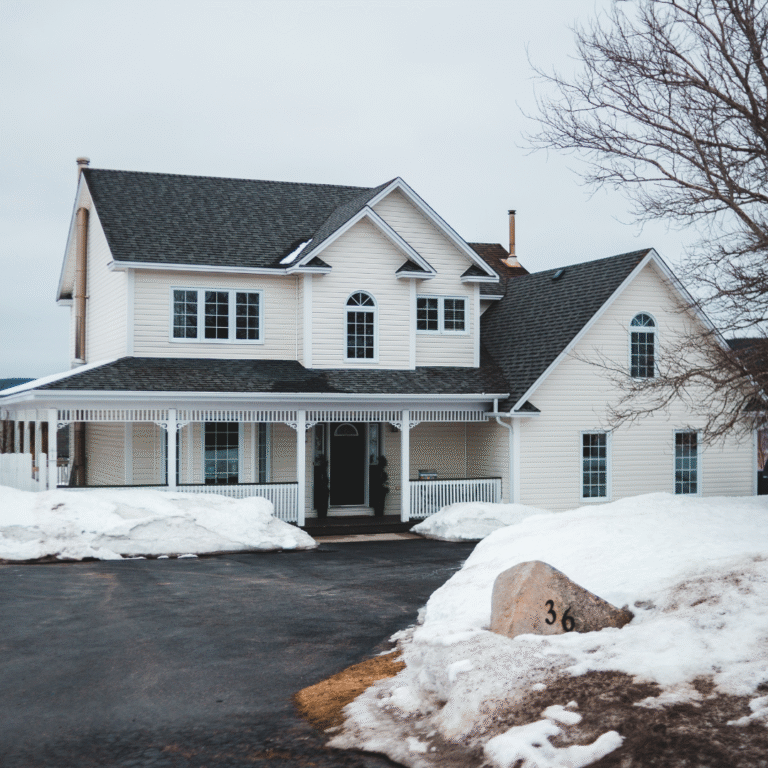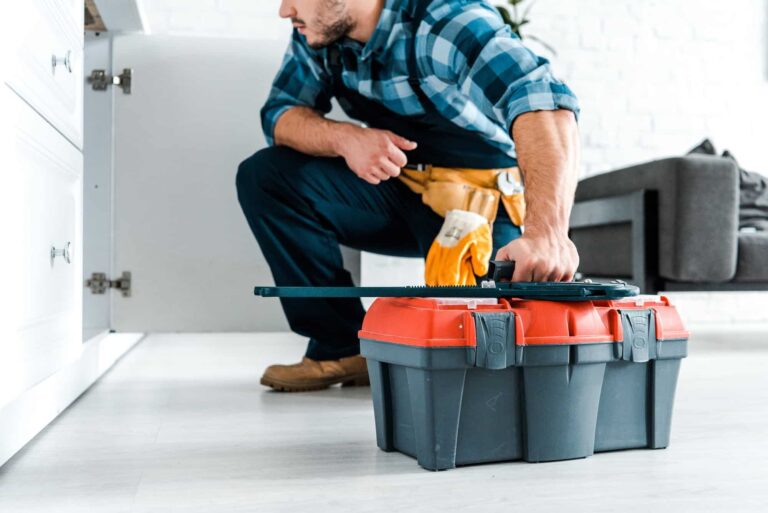Most no-heat calls I see started as preventable maintenance items. A quick seasonal visit keeps efficiency up and surprises down—especially during those January cold snaps. Here’s the straightforward plan I follow to keep your system safe, steady, and ready for the worst weather.
Seasonal Cleaning (Burners, Flame Sensor, Condensate Trap)
A clean system is a reliable system. Once each heating season, I pull and clean the burners so combustion stays even and quiet. I polish the flame sensor to restore a strong signal and prevent nuisance lockouts. On high-efficiency furnaces, I clear the condensate trap and lines, then confirm proper slope and flow so water doesn’t back up and kill the pressure switch. This single visit eliminates many of the “it ran fine yesterday” headaches because the ignition system, the draft path, and the drainage are all working like they should.
What you’ll notice: faster, smoother starts; fewer resets; less rumble at ignition; and steady heat on the coldest days.
Filter Strategy That Fits Your System (MERV + Static)
Filters do two jobs: protect your equipment and protect your lungs. But the wrong filter can choke airflow and make the furnace overheat or short-cycle. I match the MERV rating and thickness to your blower and ductwork, then measure static pressure so we know the system can breathe. If you want higher filtration (for allergies or pets), I’ll recommend upgrades—like a deeper media cabinet—so you get cleaner air without starving airflow.
What you’ll notice: more even room-to-room temperatures, fewer hot-and-cold swings, and a blower that doesn’t sound like it’s working overtime.
Early-Warning Checks on Motors, Bearings, and Switches
Small parts fail quietly before they fail completely. I catch those tells early by checking blower and inducer motor amperage, listening for bearing noise, and verifying capacitor values. I test limit and pressure switches under live conditions (not just continuity), and I scan wiring for heat discoloration or loose terminations that cause intermittent shutdowns. Finding a weak capacitor or a dragging bearing now is far cheaper than replacing a motor during a midnight no-heat call.
What you’ll notice: fewer surprises, quieter operation, and a system that starts and stops with confidence.
Warranty-Friendly Documentation and Reminders
Manufacturers love maintenance records—and so do future buyers. I document readings like temperature rise, static pressure, gas pressure, and safety checks after each visit. You’ll receive a plain-English summary with what I adjusted and why. I also set service reminders based on your home and usage (not a one-size-fits-all calendar). If a warranty claim ever comes up, you’ll have the paperwork that shows the system was cared for properly.
What you’ll notice: fewer hassles, faster approvals, and peace of mind that your investment is covered.
The Plan in Practice (Why It Works)
Most breakdowns trace back to dirty ignition parts, restricted airflow, or wearing components that telegraph problems long before they quit. My maintenance plan tackles all three—cleaning for reliable starts, a filter strategy that preserves airflow, and early-warning tests that flag parts before they strand you. The result is a furnace that runs efficiently, lasts longer, and doesn’t pick the coldest night of the year to fail.
Ready to stay ahead of winter? Book your seasonal visit and I’ll get your system cleaned, measured, and tuned—so it just works when you need it most.




